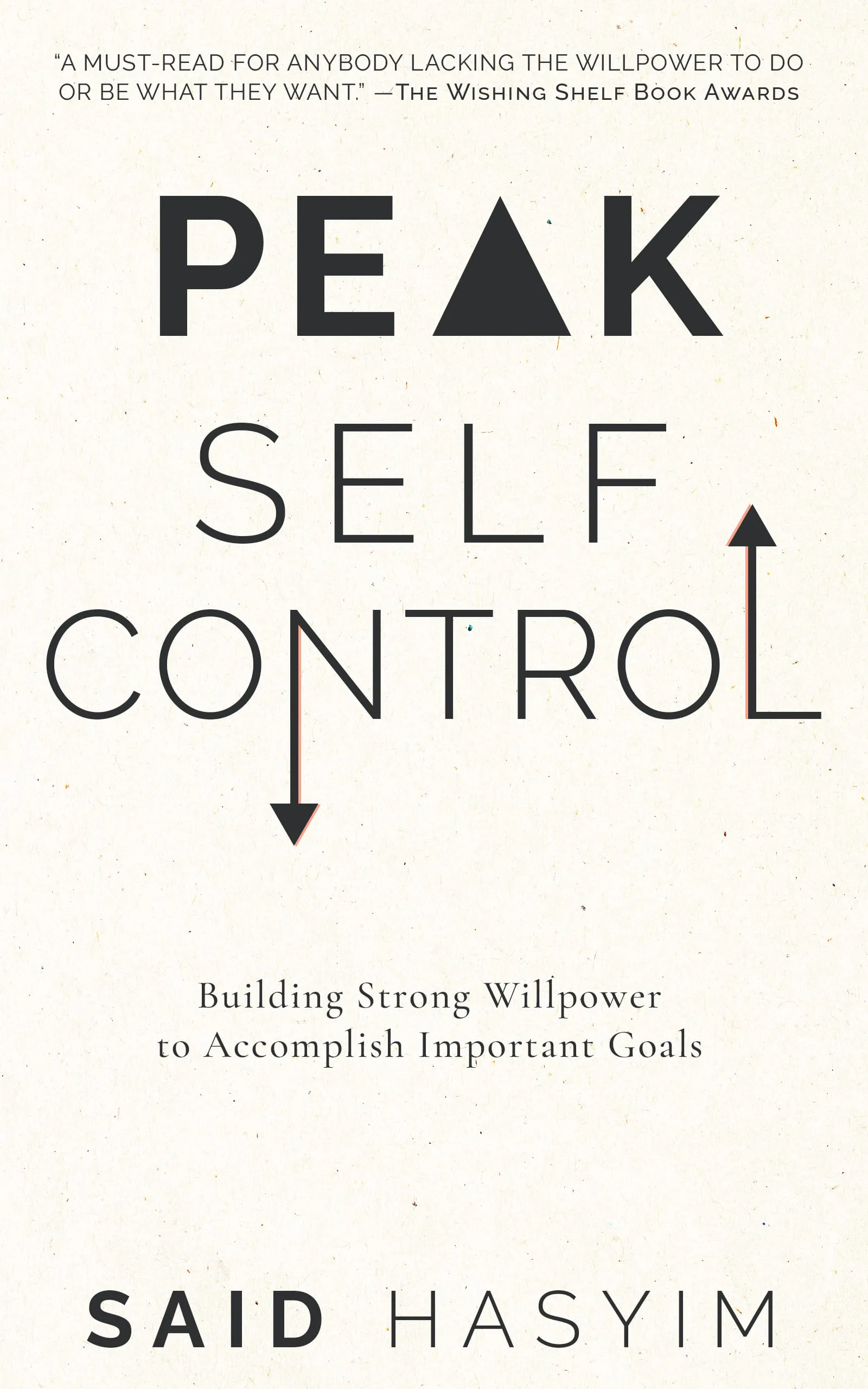How to Create an Environment for Success
Creating an environment conducive to success is more than just a matter of setting up a workspace. It involves crafting a holistic ecosystem that nurtures creativity, productivity, and well-being. Whether for individual accomplishments or fostering team collaboration, the right environment can be a game-changer. In this blog post, we’ll explore practical steps to establish such an environment, considering various aspects such as physical space, mental state, social interactions, and daily routines.
1. Understand What Success Means to You
Before you can create an environment for success, you need to define what success looks like for you. This could differ significantly from one person to another; for some, it may be achieving career goals, while for others, it could involve personal growth, relationships, or a combination of several factors.
Tips:
- Write it down: Take some time to articulate your vision of success. This will help you design your environment around these goals.
- Visualize it: Create a vision board that represents your goals. Visualizing your aspirations makes them feel more tangible.
2. Design Your Physical Space
Your physical surroundings significantly influence your productivity and creativity. A well-organized and inviting space can foster motivation and focus.
Steps to Optimize Your Space:
- Declutter: A cluttered space can lead to a cluttered mind. Take time to eliminate unnecessary items from your workspace.
- Personalize Your Space: Add personal touches, such as inspiring quotes, plants, or artwork, to make your environment feel more welcoming and stimulating.
- Ergonomics Matter: Invest in ergonomic furniture that promotes good posture. Your comfort can affect how effectively you work.
- Lighting and Color: Adequate lighting is crucial—both natural and artificial. Colors also play a role in mood; blues can promote calmness, while yellows can inspire creativity.
3. Foster a Positive Mental State
Your mental state significantly impacts your productivity and creativity. Incorporating practices that promote mental well-being is essential for creating a successful environment.
Strategies to Enhance Mental Well-Being:
- Mindfulness and Meditation: Taking even a few minutes each day to practice mindfulness can reduce stress and increase focus.
- Set Boundaries: Learn to say no to distractions. This includes setting social media limits and designating specific times for deeper work.
- Gratitude Practices: Starting or ending your day with moments of gratitude can shift your mindset positively.
4. Build a Supportive Social Network
The people you surround yourself with can either uplift or drain you. Building a network of supportive individuals helps reinforce your goals and motivates you to stay on track.
How to Cultivate a Positive Network:
- Seek Out Like-Minded Individuals: Find and engage with people who share your ambitions and values. Attend workshops, networking events, or community groups.
- Nurture Relationships: Invest time in developing genuine relationships. Collaborate and support each other’s endeavors.
- Give Back: Sometimes helping others can also uplift your own motivations. Mentoring or volunteering can create a profound sense of community and purpose.
5. Establish Daily Routines
Routines structure your day and give you a roadmap to follow. By embedding productive habits into your daily life, you make success a regular part of your routine.
Components of a Successful Routine:
- Morning Rituals: Start your day with activities that energize you. This might include exercise, reading, or simply enjoying a moment of silence.
- Time Management Techniques: Utilize methods like the Pomodoro Technique—working in intervals followed by short breaks—to maintain focus and avoid burnout.
- End-of-Day Reflection: Spend a few moments at the end of each day to review what you achieved and set goals for the next day.
6. Stay Flexible and Adaptable
While structure is important, flexibility also plays an essential role in creating an environment for success. Life can be unpredictable, and the ability to adapt to changes can lead to new opportunities.
Tips for Staying Adaptable:
- Embrace Change: Look at changes as opportunities for growth rather than obstacles.
- Continuous Learning: Be open to new ideas, techniques, and technologies. Staying informed in your field and beyond can lead to innovative solutions.
- Feedback Loops: Regularly seek feedback from peers or mentors. Constructive criticism can offer different perspectives and help you adjust your approach.
Conclusion
Creating an environment for success is a multi-faceted endeavor that encompasses physical space, mental clarity, supportive relationships, and consistent routines. By considering and implementing the strategies outlined in this post, you will be well on your way to fostering an environment that not only supports your aspirations but also enriches your journey toward achieving them. Remember, success is not just a destination; it’s an ongoing process marked by continuous growth, resilience, and adaptation. Start with small changes today, and watch how your environment transforms into a powerhouse of possibility.
Start Mastering Self-Discipline Today
Discover Peak Self-Control, a practical book to mastering self-discipline. Break free from distractions, build healthier habits, and improve your relationships. Gain effective strategies to enhance your willpower and make meaningful life changes, even amidst a busy schedule. Small adjustments can lead to significant improvements in your daily routine.
